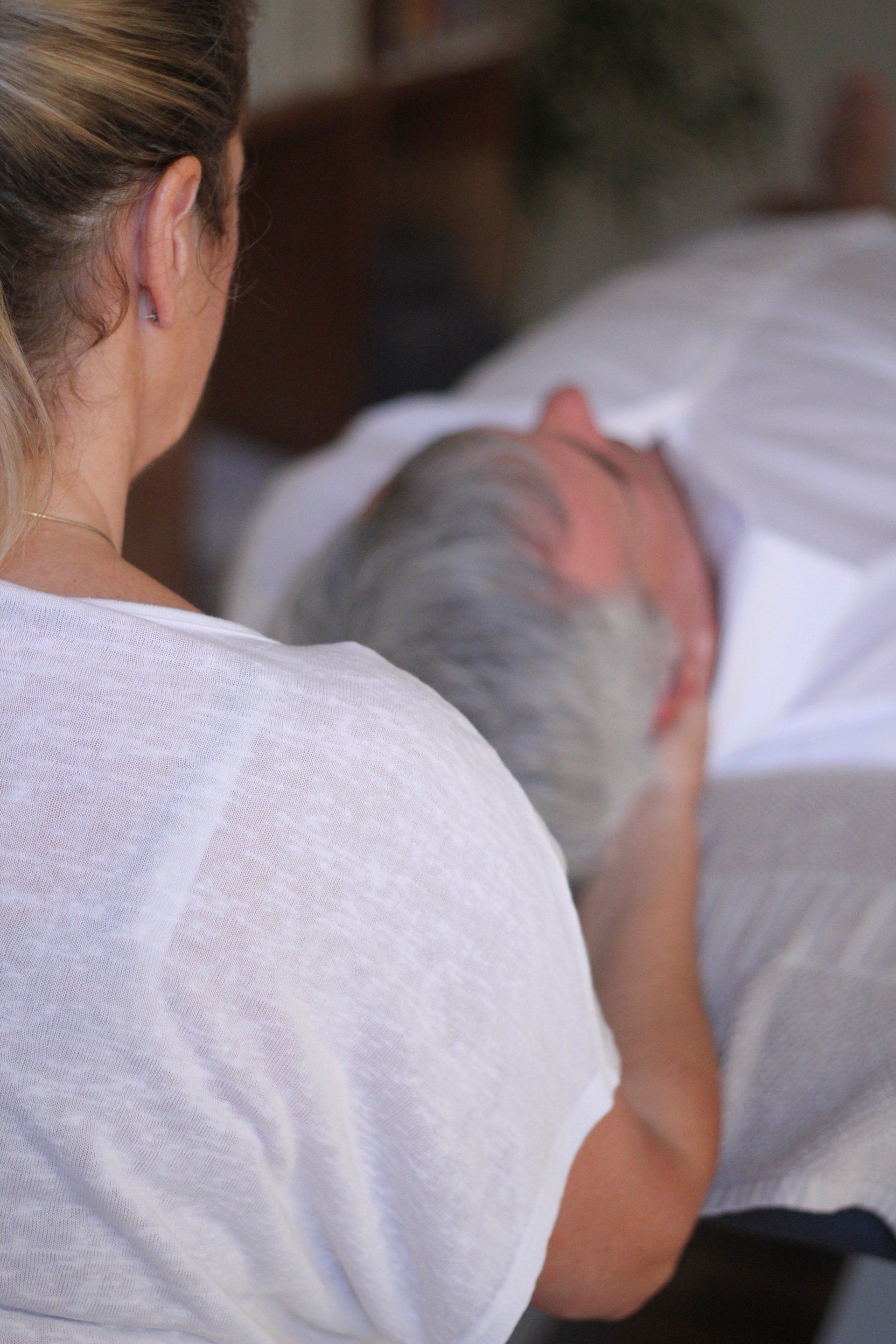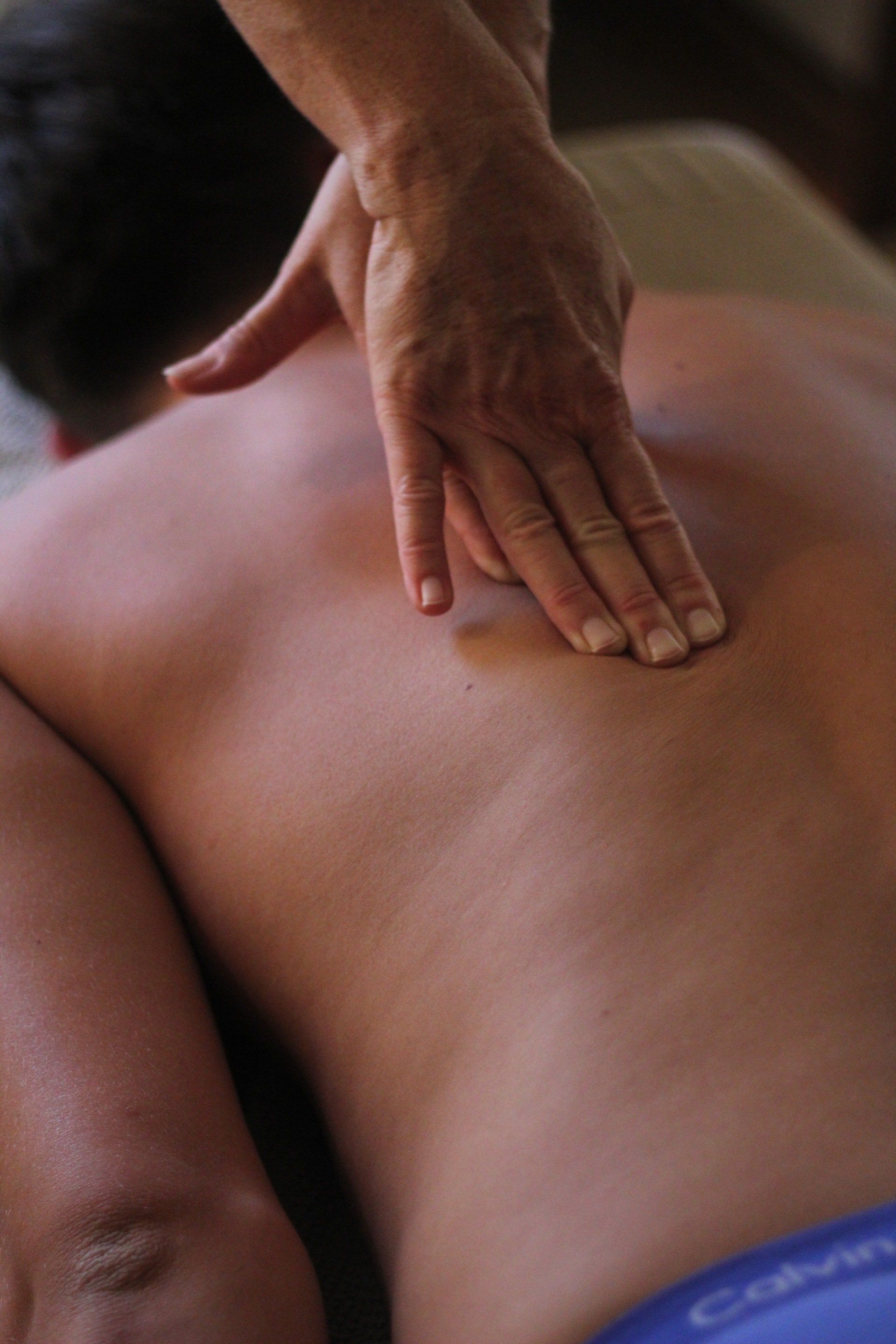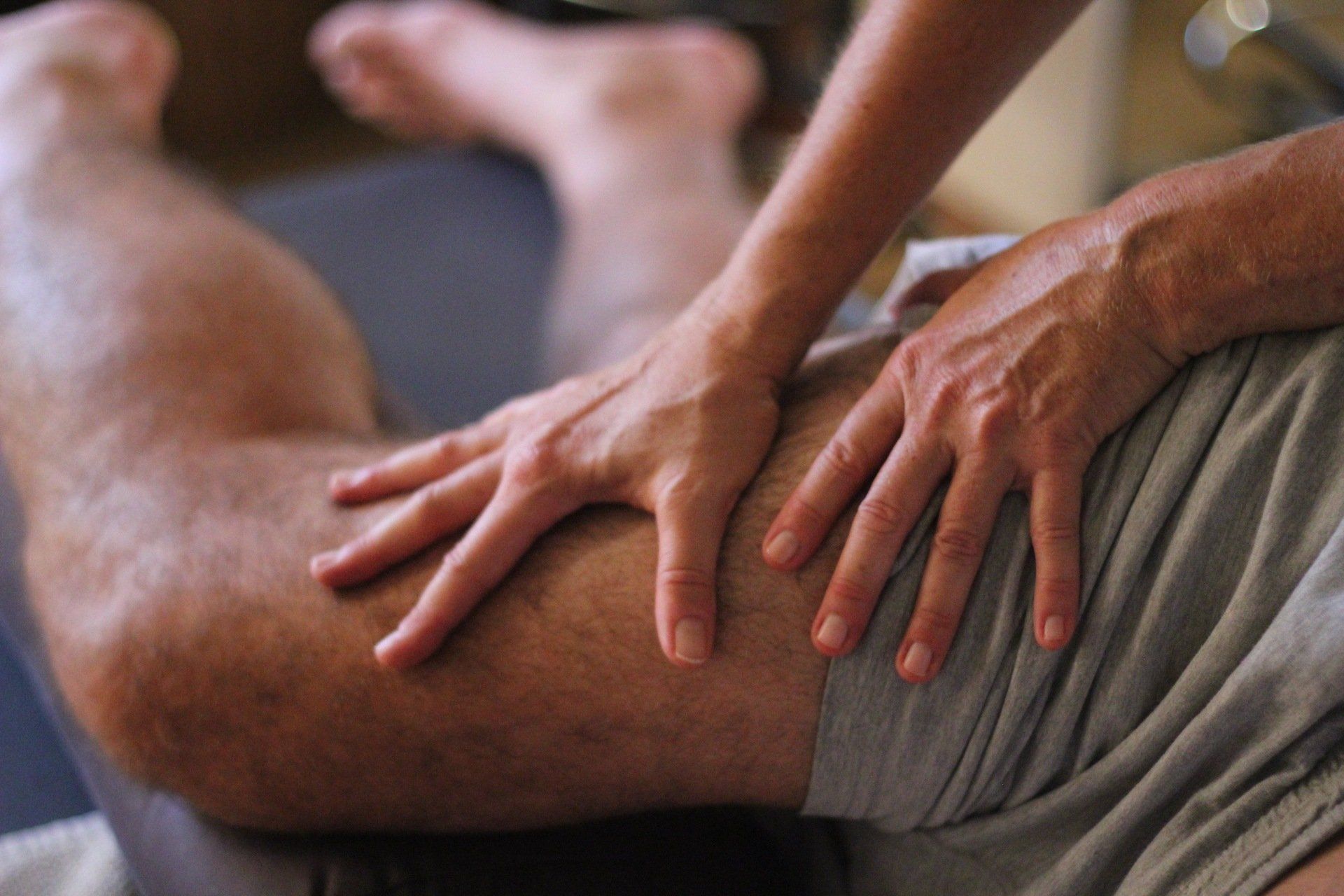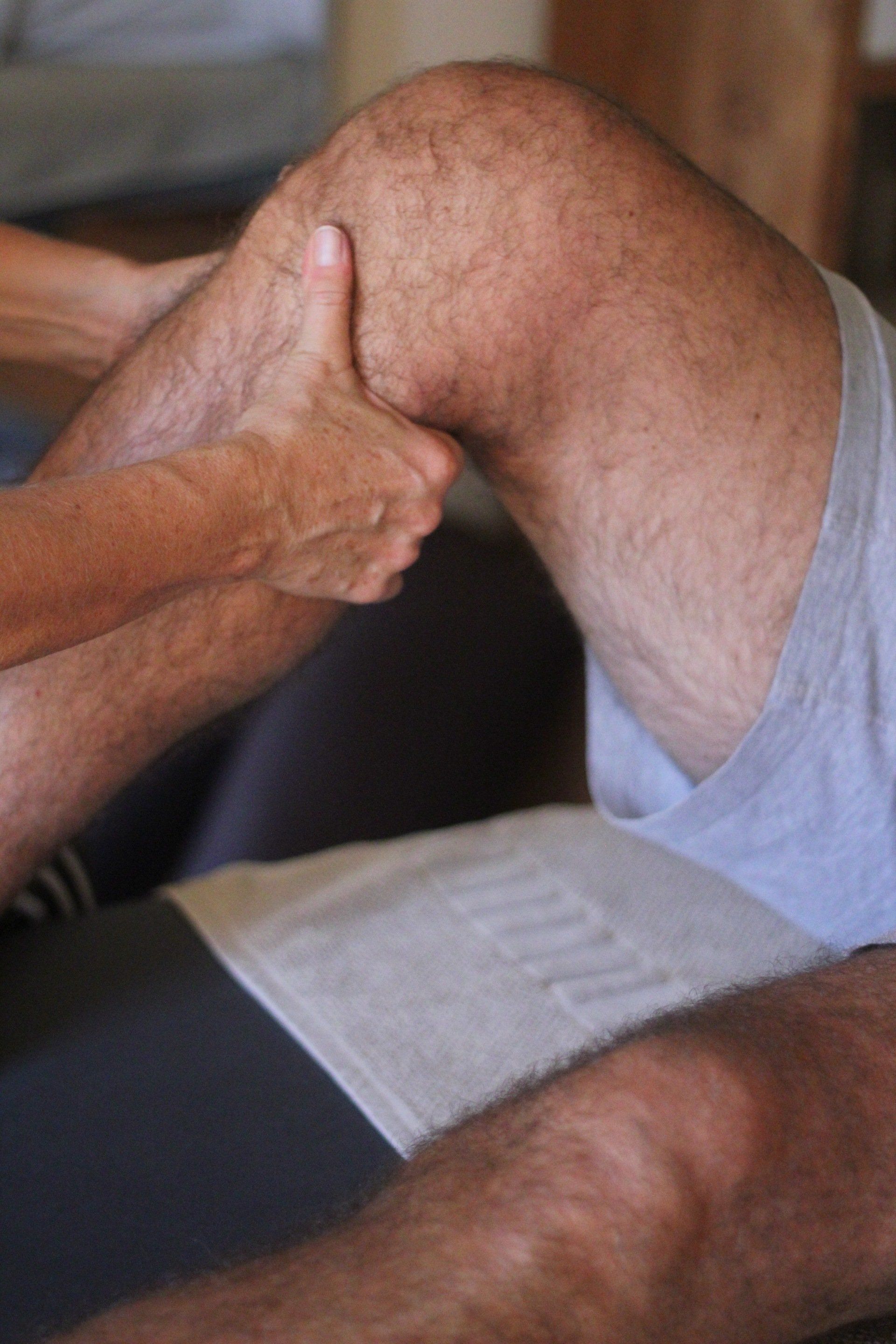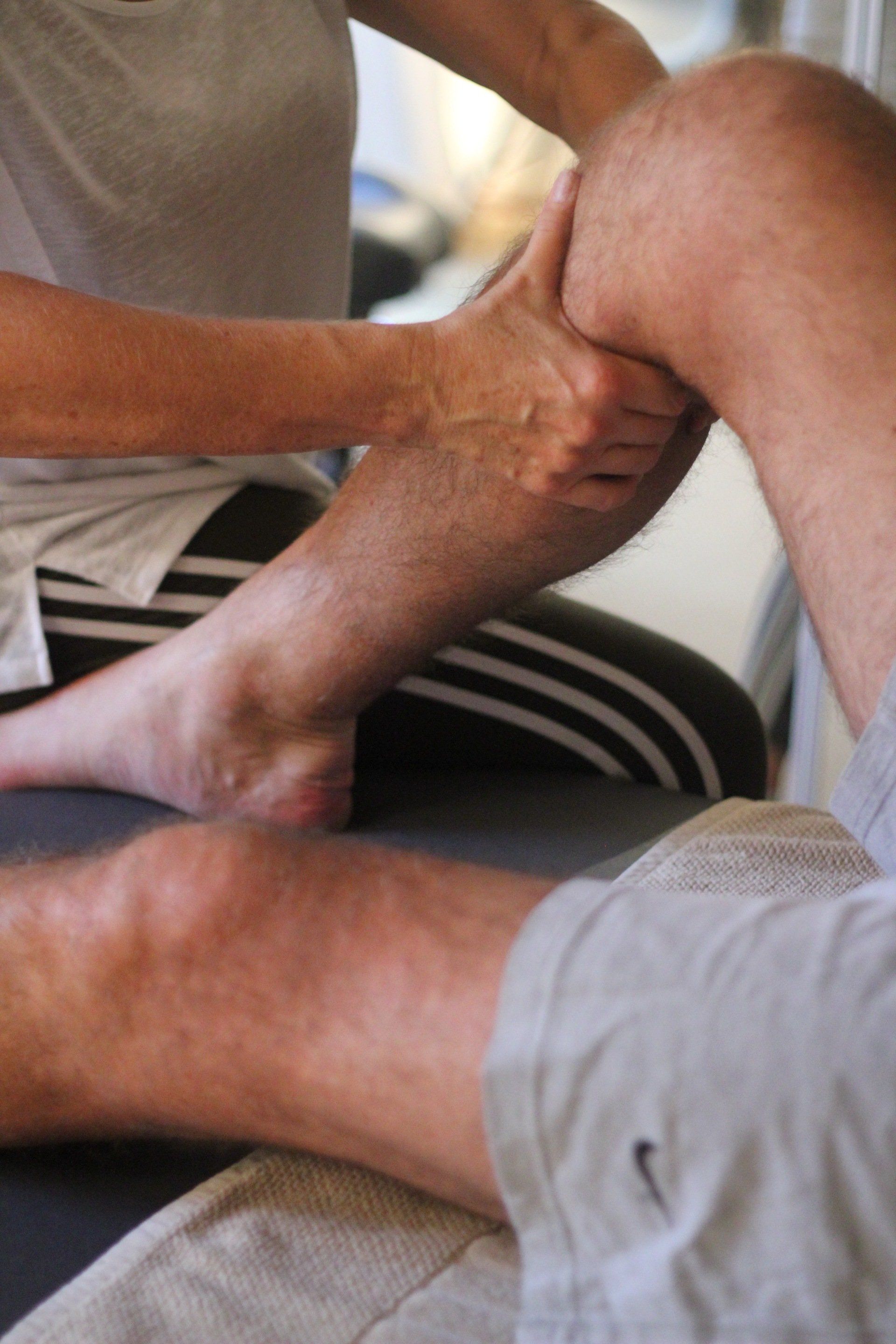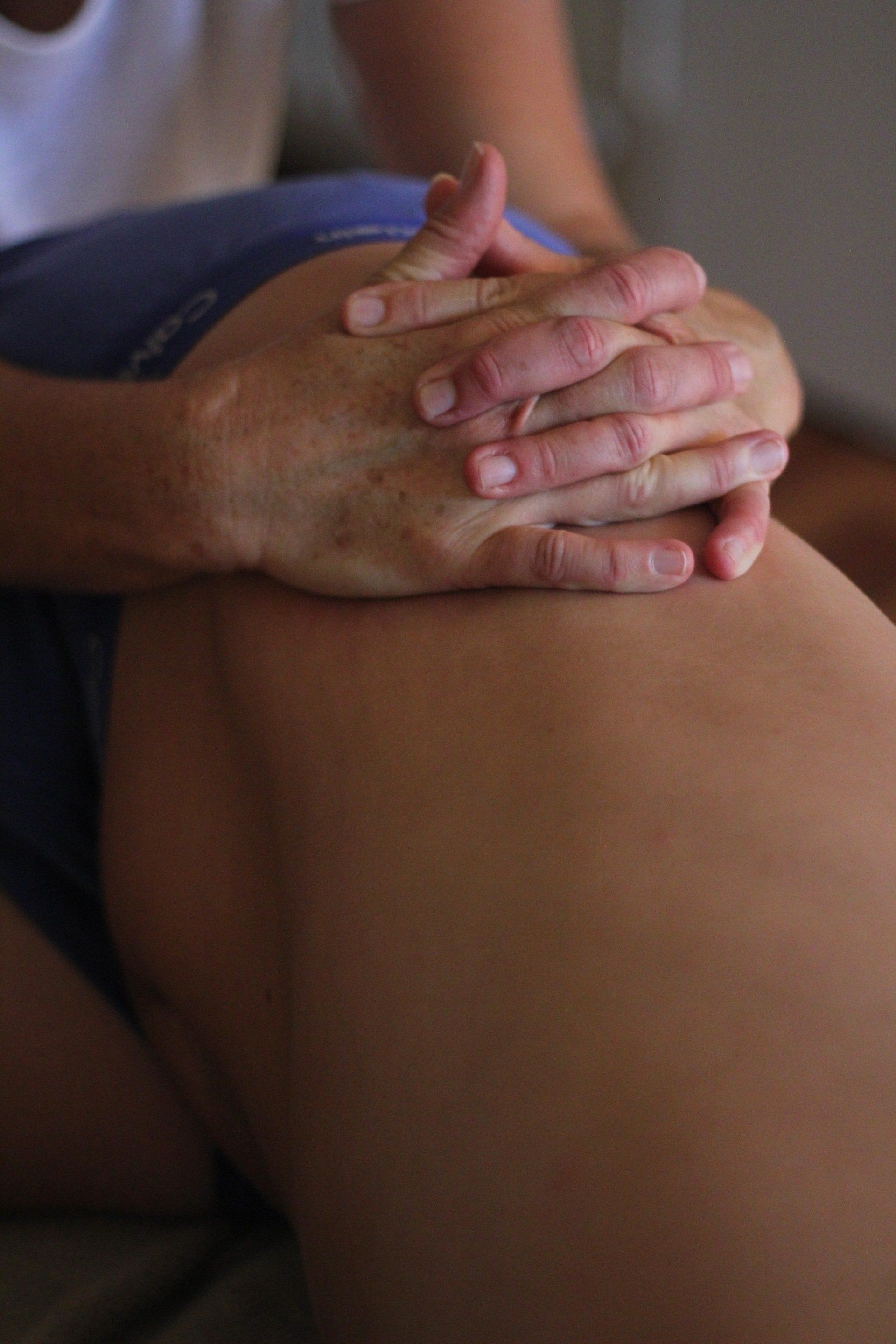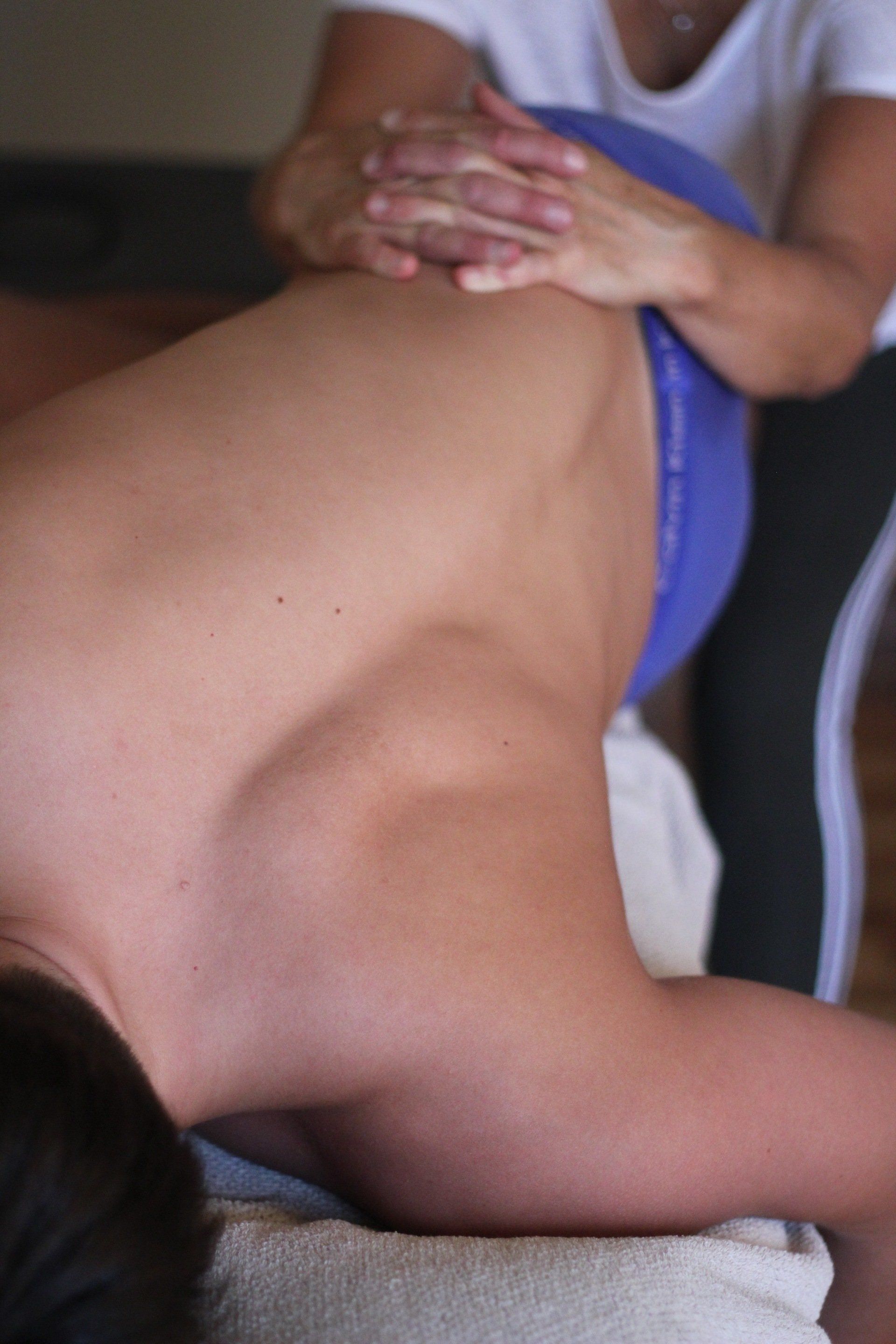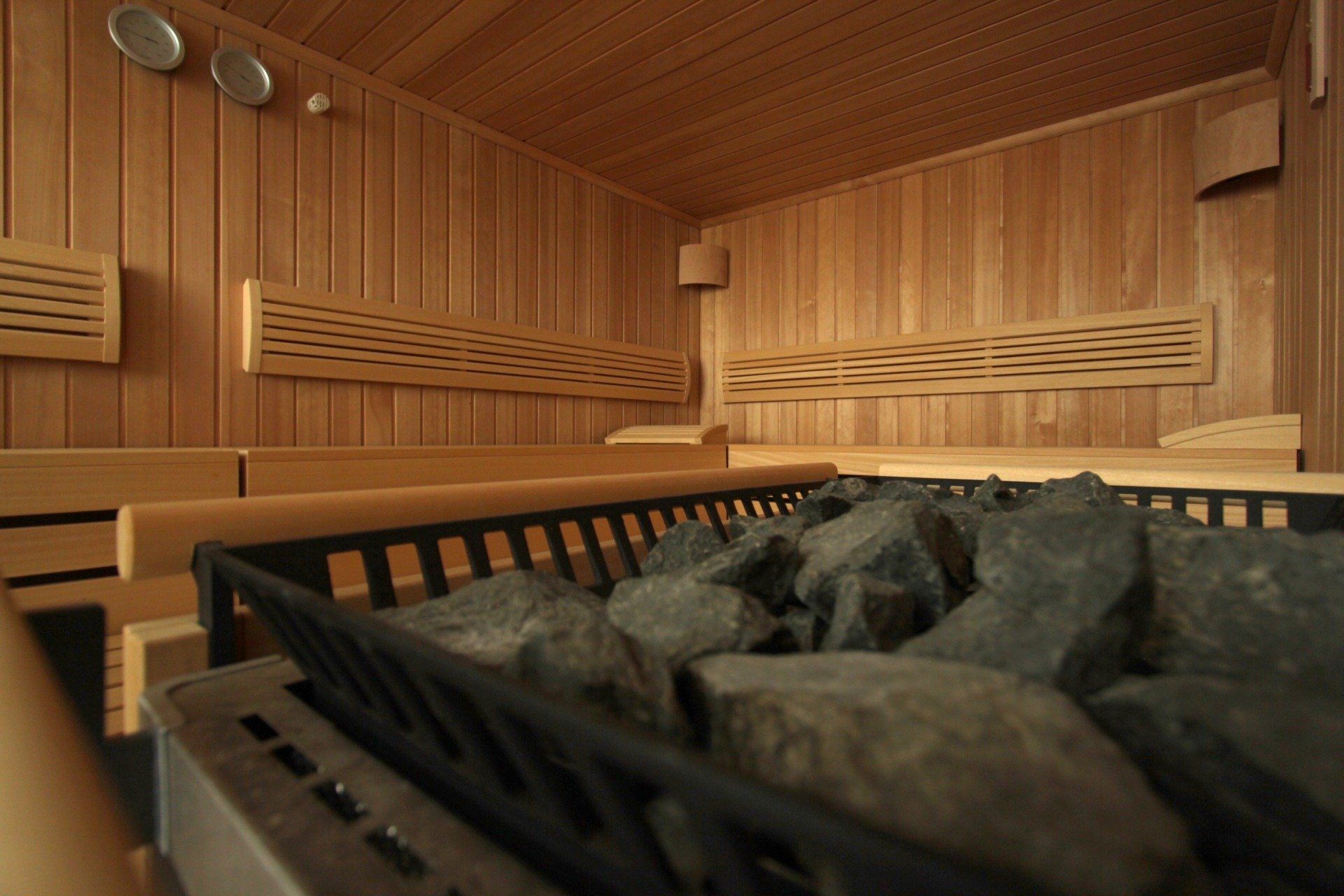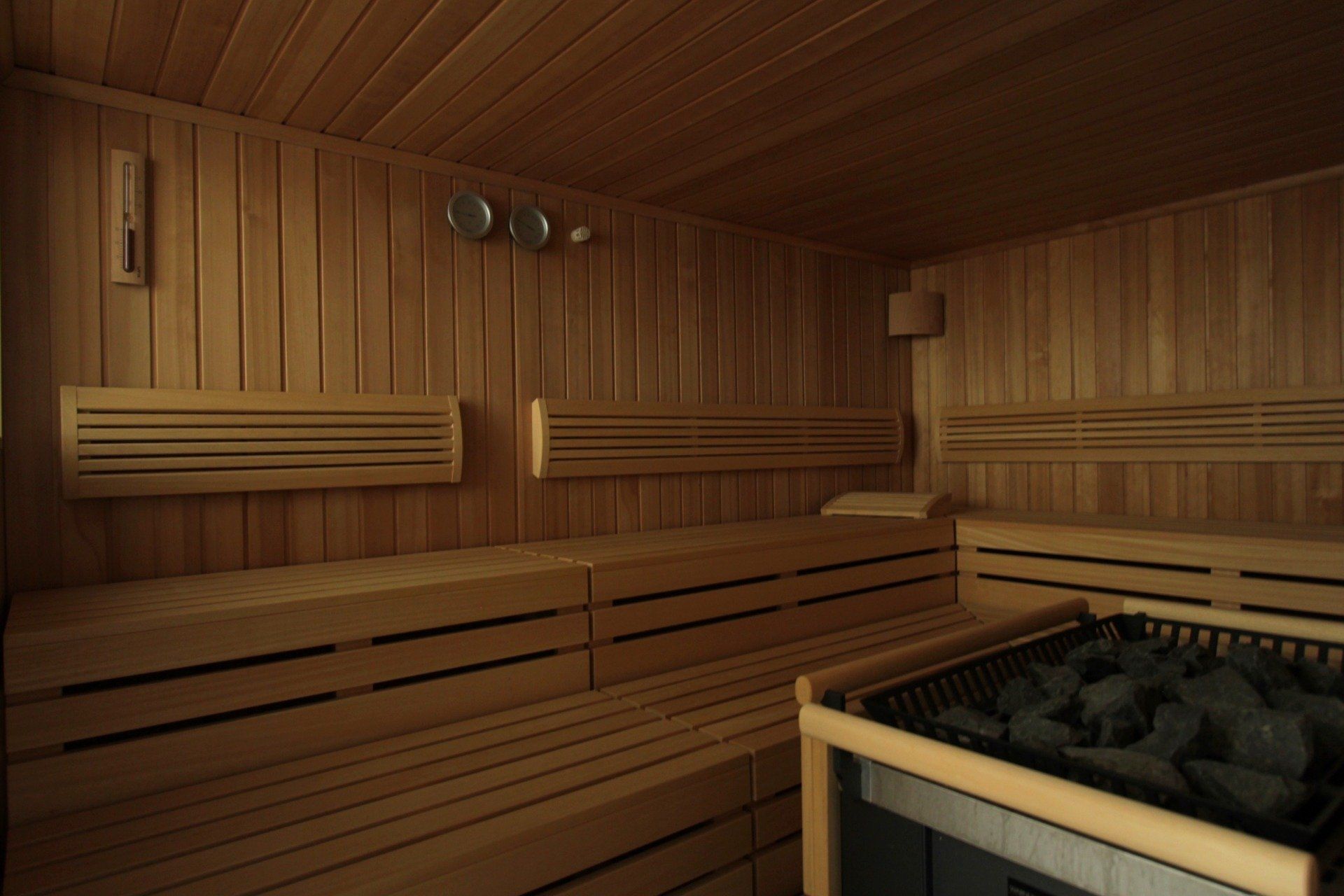THERAPY
IMT™ INTEGRATIVE MANUAL THERAPY
With hands and heart healing happens
Integrative Manual Therapy is a particularly gentle yet highly differentiated, highly effective and body-centered treatment that has been developed over the past 30 years, primarily by Sharon Weiselfish Giammatteo, USA.
The holistic treatment concepts of Integrative Manual Therapy are further developments from classic osteopathy. The human organism consists of a multitude of different systems, all of which are interlinked and dependent on a finely tuned interaction. All body structures as well as muscles, bones, tendons, fascia (hardware), nerves, brain centers, vessels, organs, hormone centers and lymph (software) are treated with special manual techniques. Each of these treatments is designed to release tension in the different body structures and, in addition to free the body from pain, also to enable functional improvement and structural regeneration at the cellular level.
OSTEOPATHY
Gentle healing with the hands
Humans carry out about 20,000 respiratory movements every day and the heart beats about 100,000 times a day. These are all movements that happen unconsciously, to which we never have a volitional influence. In doing so, these movements do not happen isolated, but one movement triggers the other, and together they form entire movement chains. Thus, the digestive organs do not work individually, but always in interaction. So the lungs can only supply the body with oxygen, because the heart muscle is constantly pumping oxygen-poor blood into the pulmonary alveoli. By only lifting the foot while walking, we set in motion a muscle chain that extends from the foot to the shoulders. However, if one of the body parts involved is limited in its movement, it can no longer perform its normal function and the effects can then reach into the last link of the movement chain. The concept of osteopathy, the holistic treatment that American physician Andrew Taylor Still discovered and developed over 130 years ago, knows about the movements in the human body and knows about their connections. Whether bones, muscles, organs or vascular system, each area of the human body is - depending on its structure - constantly in motion and can only work that way. That is why the structure is so important in osteopathy. However, muscles, bones, or other areas can not function if they are not continuously supplied with oxygen, nutrients, and hormones through the bloodstream, with cleansing lymph through the lymphatics, with controlling impulses through the nerves. That is why vascular systems play a crucial role in osteopathy. They enable the structure in the first place to function. Osteopathy does not treat diseases. But it helps at the root of the causes of the diseases. Osteopathy „asks why" an illness has broken out and so far has prevented the organism from returning back to a healthy state. Mostly a restriction of movement is the cause of the disease. This restriction will be detected and treated by the osteopath with his hands and various movement tests. In this way, he can help the affected area to regain its natural movement, to its actual function, to give the body the opportunity to heal itself. The osteopath stimulates the self-healing powers by releasing the resistances that stand in the way of healing.
MEDICAL TAPING OR K-TAPING
The colorful tapestries are widely used in popular or competitive sports. Every sequence in mechanics, dynamics, physics and, of course, in medicine depends on the interaction of all components. So the smallest defective gear can disturb a complex function chain. Only when muscles and ligaments around a joint work in equilibrium, the body is free of discomfort. Pain often results from dysfunctions and from a disturbed interaction and imbalance. Also edema and swelling disturb the course of the physiological movement and lead to pain. A K-taping system simultaneously reduces edema, improves lymphatic and blood circulation, and helps to normalize muscle function through proprioception, protecting ligaments and tendons. The result is usually a quick pain reduction and an improvement of the joint and muscle function. The K-tape can also influence internal organs positively. With simple attachments at the segmental level a pain relief can be achieved with menstrual pain or micturition disorders, and also the bladder function can be incluenced.
There are four main techniques:
• Muscle plants
• ligament plants
• Korrkekturanlagen
• Lymphanlagen
INTEGRATIVE FASCIA THERAPY
Text & images will follow
YOGA THERAPY
Text & images will follow
SAUNA
"Detoxification"
Our skin is our biggest detoxification organ.



